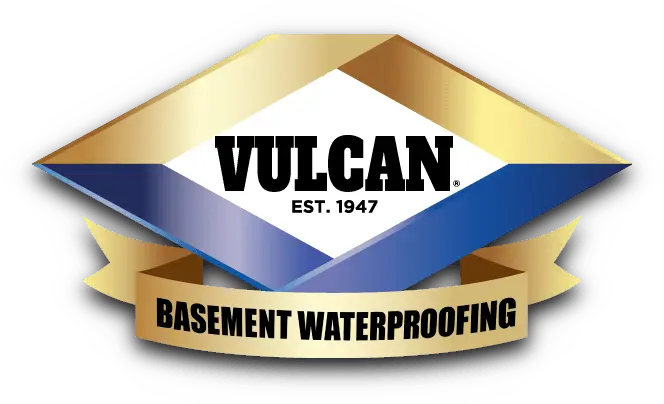French drains are underground water management and drainage systems developed and popularized by Henry French, a Concord, Massachusetts judge and farmer, and discussed in his 1859 book, Farm Drainage. Though his actual drainage system predates him by several centuries (the ancient Romans utilized a version), French drains continue to be one of the most efficient and widely used methods of redirecting water today. Though they have undergone many improvements over the years, French drains continue to be one of the most efficient and widely used methods of redirecting water.
Generally, French drains are used today to protect the foundation of a house or other structure from ground or surface water. Good drainage is important to ensure that a home, particularly a basement, stays dry and free of mold. A wet basement and the associated groundwater accumulation can affect the structural integrity of a home, dramatically reduce the home’s value, and cause a number of health-related problems.
Exterior French Drains
An exterior French drain usually consists of a trench, often lined with landscaping textiles that prevent clogging from dirt or roots, as well as reducing the possibility of the drainage material from migrating, one or two perforated pipes surrounded by gravel, (depending upon sizing and redundancy requirements and always placed perforated side down), and covered with sand for further filtration of sediment. The advantages of an exterior French drain system are:
- Relatively low cost and easy installation
- Generally low maintenance (a French drain can last up to ten years without maintenance)
- It can be covered inconspicuously with turf to maintain the aesthetic beauty of the landscape.
In addition to their primary function of directing water away from your home, exterior French drains are also environmentally proactive as they can lead to a dry well, a structure that returns excess water to the supply of groundwater, or to a rain garden, an environmentally friendly invention that uses wetland plants to absorb excess water and return it to the atmosphere through transpiration.
Four Common Uses of French Drains
In waterproofing your home and/or property, four common uses of French drains are the following:
- shallow curtain drains to divert surface water
- French drains built into a retaining wall to eliminate pressure build-up on the wall
- deep French drains to keep water out of the basement
- an interior French drain to stop water where it enters the home
A shallow curtain drain can be used to eliminate problem areas on your property where water build-up can occur, such as a low spot on the lawn or a continually washed out landscaped bed. It can also be used to divert water around your house. This fairly shallow drain extends horizontally across your property, uphill of the area you want to dry out and redirects the water to either side. Any retaining wall that is built into a hillside should incorporate a French drain so that the wall footings don’t give out from the water pressure that can easily build up behind the wall on the downslope.
Deep French drains run around the perimeter of the house at the footing level. Though this is easy to install during house construction, it is much more problematic and costly to install later. Sometimes on a flat property, collected water may need to be piped to a basin at a low point in the basement where a sump pump can remove it from the home. For information on capabilities and quality of sump pumps, consult a waterproofing professional.
Interior French Drains
An interior French drain should be used if you cannot keep water from seeping into your basement, since it can involve some extensive work within your living space. Generally, a channel is cut around the perimeter of the basement floor. Perforated pipe is laid all the way around. The perforated pipe and stone field then directs the water to a collection tank sunk into the floor and a sump pump carries it out to the yard or a storm drain. The channel is patched with a thin layer of concrete, except for a small gap at the edge to catch any water that comes down the wall. Again, discuss sump pump capabilities with a waterproofing professional and drainage system expert, such as Vulcan Basement Waterproofing.
Cases involving hydrostatic pressure (water pressure from things such as underground springs, rivers, ground water, etc.) and a fluctuating high water table (a build-up of ground water that lies close to the surface of the earth). A basement affected by one or more of these conditions pose a special problem. Signs of their presence is indicated by water that seeps in at the cove (where the wall meets the floor) or up through the slab floor. The solution to these problems lie (1) in relieving the water pressure under the floor and around the foundation perimeter and (2) in diverting the water to a point where it can be pumped out or otherwise removed from the basement.
To successfully arrive at this solution, one method advocated by the Vulcan Basement Waterproofing people employs a pressure relief system.
